Mazda New Zealand has introduced a brace of new models, on a brand new “Large Product” platform, that represent the immediate future of its more eco-aware SUVs.
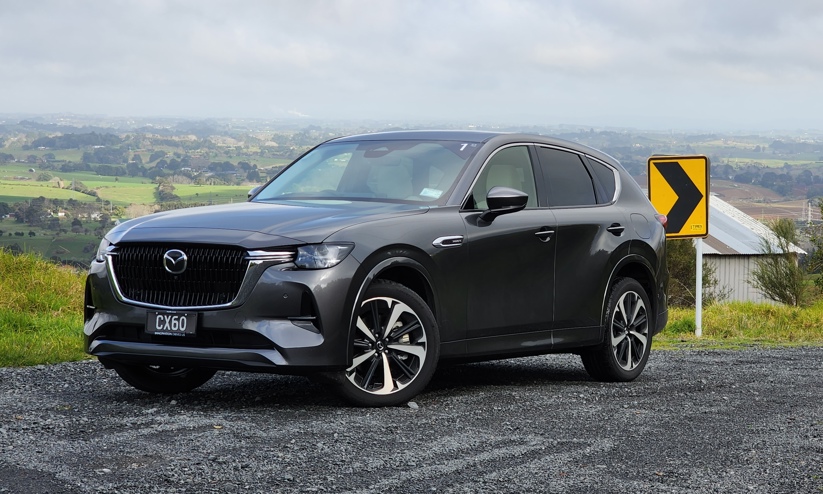
Oh, by the way: the new CX-60 and CX-90 are designed around north-south (longitudinal) combustion engines and a rear-drive bias. They produce at least 209kW and go right up to 254kW – the highest output of any Mazda production vehicle... ever.
You might argue that doesn’t sound very green, but Mazda would disagree. As always, it argues that a “multi-solution approach to sustainable mobility and the principal of the right solution at the right time” are the path forward.
So while the company plans more battery electric vehicles (it already has the MX-30) from 2025 and a massive BEV ramp-up from 2028, it says internal combustion engines (ICE) still have a big role to play.
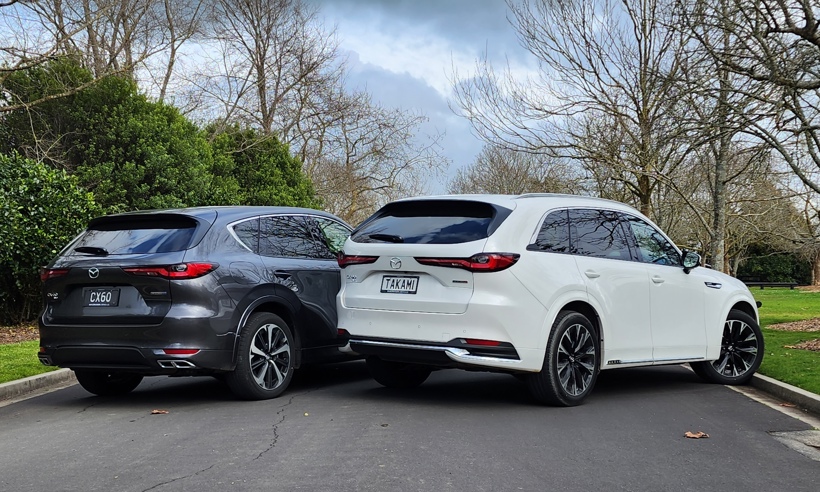
Despite the heroic-sounding mechanical specification, you can hopefully rest easy: while the new Large Platform SUVs embody some old-school values, they are also brimming with new technology. And they are both hybrids, of course.
For context, CX-60 is quite a bit larger than the CX-5: about 200mm longer. It’s also quite a bit more expensive
The CX-60, which we’ll focus on here (read our separate first drive report on the CX-90 here), is Mazda’s first plug-in hybrid electric vehicle (PHEV). It matches a 2.5-litre four-cylinder engine to a 17.8kWh plug-in battery that gives a claimed 60km EV range.
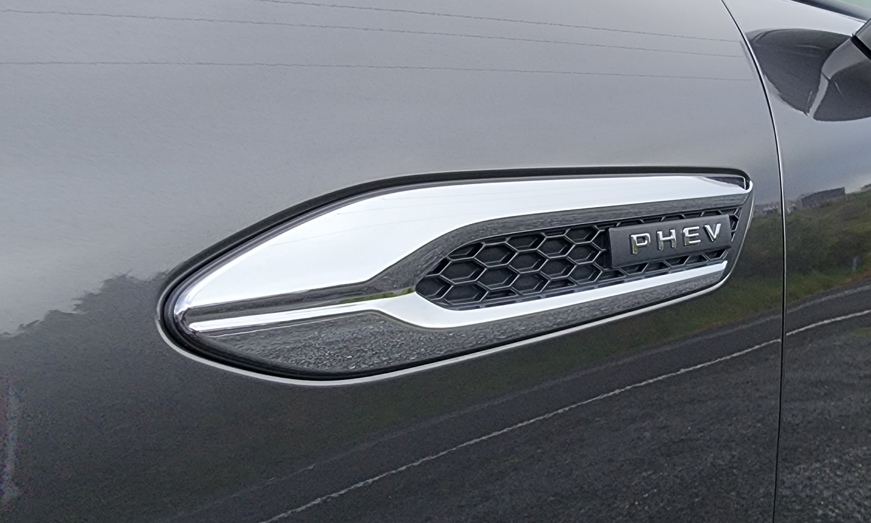
Combined power is 241kW/500Nm and yes, it’s fast: 0-100km/h in 5.8 seconds, making the CX-60 PHEV the quickest of this new bunch.
While most of the automotive world is downsizing, Mazda argues an unstressed large-capacity engine with electric assistance can be an efficient choice
For context, CX-60 is quite a bit larger than the CX-5: about 200mm longer. It’s also quite a bit more expensive, with a start price of $78,990 for the Touring PHEV. That’s an entry point but not an entry model, says Mazda NZ, with specification that includes full leather upholstery, 360-degree cameras and a new Personalisation System that can suggest an optimum driving position based on your height (and know it’s you driving, via facial recognition).
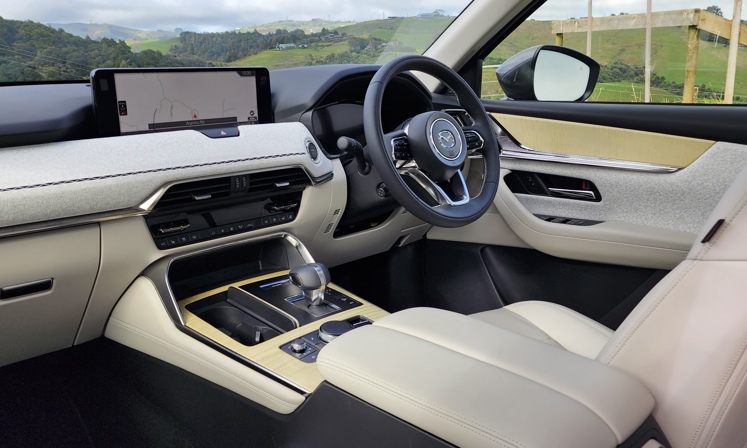
There’s a new $87,990 Homura (“blaze” or “flame”) PHEV: same powertrain but a more sporting flavour, with blacked-out exterior details, extra kit and See-Through-View functionality for the camera system.
One big job these SUVs have to do is justify their high prices and further the cause of what the Japanese maker calls 'Mazda Premium'
The top Takami PHEV is an eyebrow-raising $90,990 and comes with extras including white Nappa leather, maple cabin trim and woven cloth with exposed stitching. It goes in the opposite direction to Homura, with more brightwork on the outside.
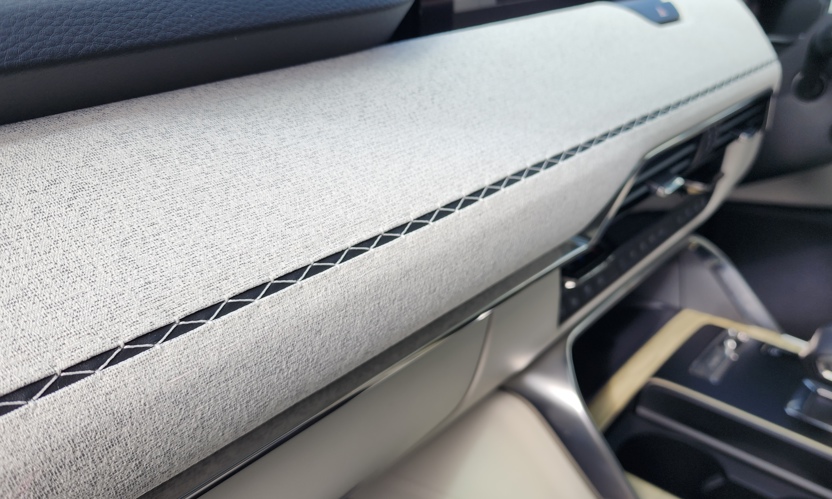
The idea is not to have massive steps between equipment levels, says Mazda NZ (although there are differences as the price increases), but rather for each model to have its own look and feel.
Homura is also available with Mazda’s new 3.3-litre straight-six engine and 48-volt mild hybrid system – another key element of the Large Product platform. While most of the automotive world is downsizing, Mazda argues an unstressed large-capacity engine with electric assistance can be an efficient (and fun) choice.
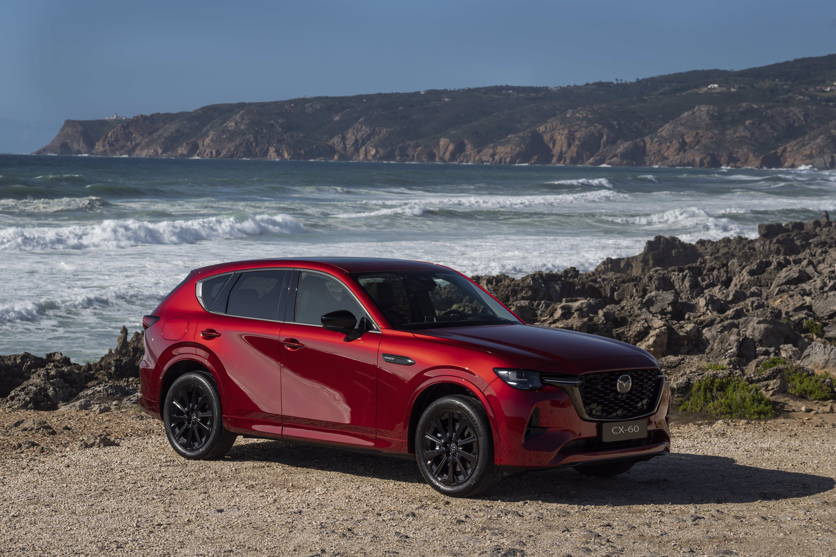
It also offers a more “traditional” performance option says the company, although there’s less power than the PHEV (209kW/450Nm) and fuel consumption is a lot higher. The plug-in has an official consumption figure of 2.3l/100km, while the straight six drinks 8.2l/100.
However, the 3.3-litre is also $6k less expensive and it’s no more thirsty than a 2.5-litre CX-5, despite offering 69kW/198Nm more power. It’s happy with 91-octane, too; the PHEV requires 95.
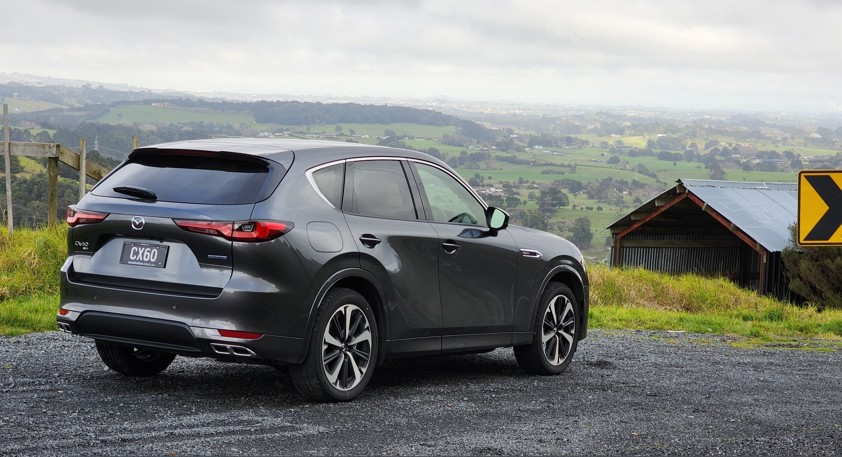
We only drove the CX-60 Takami PHEV on Mazda NZ’s launch programme, but we reckon we got a pretty decent taster of the six-pot mild hybrid setup with a spin in the CX-90 straight afterwards.
The Takami PHEV is a relatively large and hefty machine: 2.1 tonnes-plus. So it’s never going to be nimble, despite Mazda’s claims that it brings “the feel of an MX-5 in an SUV”.
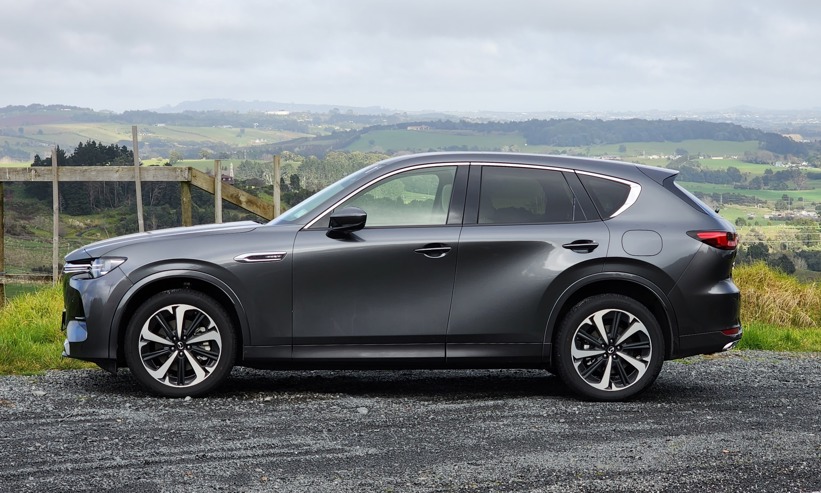
But the company does also emphasise the suspension-packaging advantages of that narrower north-south engine installation, the low centre of gravity created by the positioning of the high-voltage battery and the near-ideal weight distribution of 51/49 afforded by this new platform (the current Mazda SUV range is more like 58/42).
The CX-60 is not only incredibly refined in both EV and hybrid modes, but it is nicely balanced through tricky Kiwi backroad bends. It had a tough job on our launch drive, with country road surfaces covered by a fresh rainfall: very, very slippery and enough to have the front wheels sledging occasionally as the hybrid engine and AWD system shifted all those kW around.
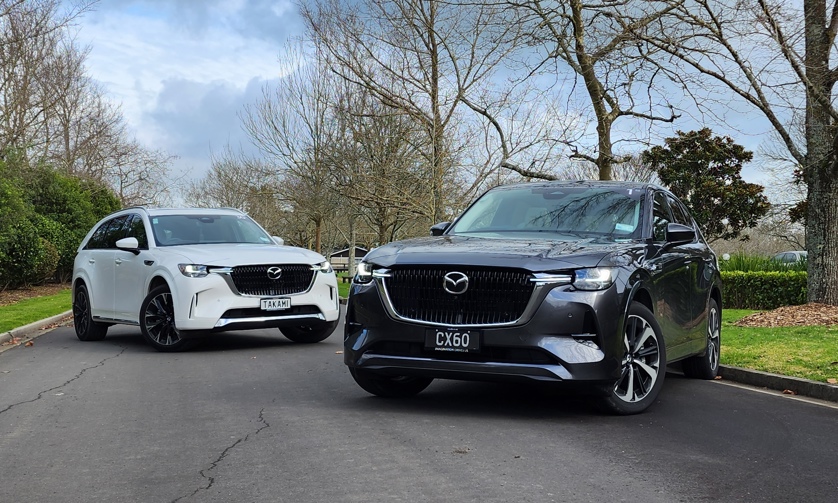
The CX-90 we drove later in the day felt noticeably more spirited and linear, so we’ll go ahead and say that while the CX-60 PHEV is nicely planted and undeniably the performance/economy champion, the six-pot with that throaty engine and 160kg less weight to carry is still likely to be the keen driver’s choice.
One of the most welcome advances for the whole range is the new eight-speed automatic transmission: it’s smooth and quick-shifting (the six-speeder in other Mazda SUVs is only one of those things). It’s a clever thing, with no torque converter and the hybrid electric motor sandwiched inside – regardless of whether we’re talking PHEV or straight-six, it’s the same gearbox. There’s one clutch working between the engine and motor, and another between the powertrain and car. It’s seamless and swift.
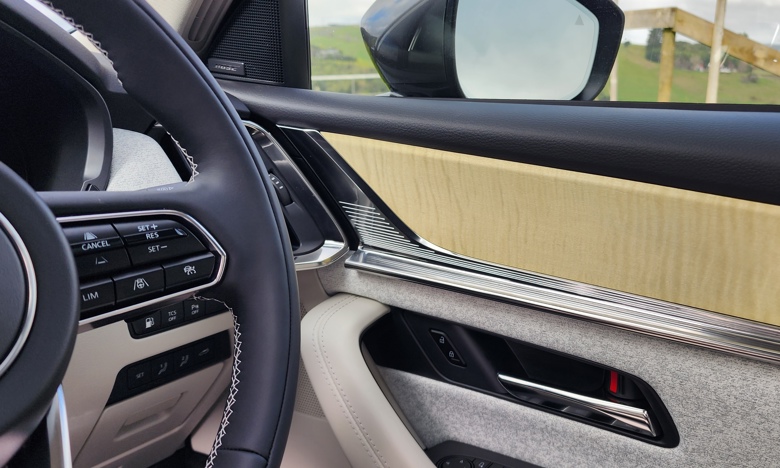
One big job these SUVs have to do is justify their relatively high prices and further the cause of what the Japanese maker calls “Mazda Premium”. The driving experience is polished and the company has upped its already impressive interior-design credentials even further. The layout is deliberately quite traditional, but the tech is bang up to date and the materials, fit and finish are undeniably impressive.
So the tangibles are good. There’s a school of thought that says modern premium-car buyers are no longer entirely invested in luxury brands, and will happily shop around among upwardly mobile makers if the product is right. We shall see.
MAZDA CX-60
ENGINE: 2.5-litre petrol four with 17.8kWh plug-in battery and hybrid system, 3.3-litre petrol straight six with 48-volt mild hybrid system
POWER: 241kW/500Nm (2.5 PHEV), 209kW/450Nm (3.3)
GEARBOX: Eight-speed automatic, AWD
CONSUMPTION: 2.3-8.2l/100km
PRICE: $78,990 to $90,990
